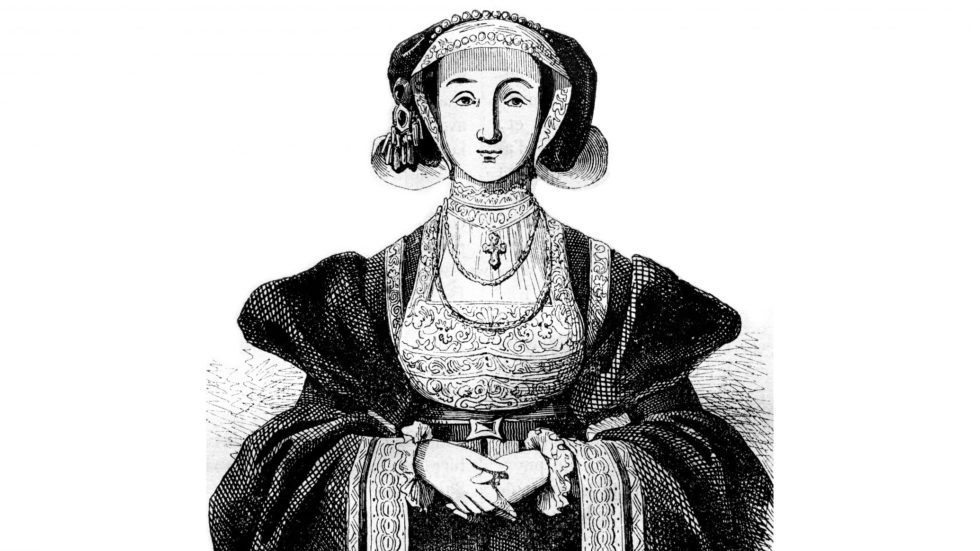Anne Of Cleves & Her Bletchingley House

Anne Of Cleves & Her Bletchingley House
Born in 1515 in Düsseldorf in what is today modern-day Germany, Anne of Cleves was the fourth wife of Henry VIII, albeit for a brief time – the marriage was annulled after just six months and consequently she was not crowned queen consort. Following the annulment, she was given a settlement including homes across the south of England by the king, this month RH History Uncovered looks at her Bletchingley house.
Anne of Cleves, from the La Marck family in the Duchy of Berg, arrived in England on December 27, 1539, marrying Henry VIII a little more than a week later on January 6, 1540. Despite Henry’s misgivings about their marriage, the two were married at the Royal Palace of Placentia in Greenwich in a grand marriage ceremony which was conducted by the Archbishop of Canterbury, Thomas Cranmer.
The pair would not enjoy a honeymoon, and by the summer Anne was commanded to leave court, and in July she was informed of her husband’s decision to end their couple’s marriage. Witness statements were taken from courtiers and physicians registering the king’s disappointment at her appearance, shortly afterwards, Anne was asked for her consent to an annulment of their union, which she agreed.
The former queen received a settlement which included properties Richmond Palace, Hever Castle and Bletchingley Castle, the pair are said to have remained friends, with Anne an honorary member of the king’s family. Following the separation, Henry would go on to marry Catherine Howard in 1540, his fifth wife, who was executed in 1542, before marrying Catherine Parr, the last of Henry’s six wives in 1543.
In March 1547, Edward VI’s Privy Council asked Anne to leave Bletchingley Palace, her usual residence, to move to Penshurst Place instead which allowed Sir Thomas Cawarden, Master of Revels and Tents – with responsibility for royal entertainment – to move in, pointing out that Penshurst was nearer to Hever and that the move had been Henry VIII’s will – Cawarden is buried
in Bletchingley’s church.
Following Cawarden’s death, Elizabeth I granted Bletchingley Palace to the Howard family, Dukes of Norfolk, but the family fell into debt and the estate had to be sold in 1677. Whilst the house changed hands, Anne saw out her final years living in Chelsea Manor where she died in 1557, her burial took place on August, 3 1557 at Westminster Abbey – the only wife of Henry VIII to be buried in the abbey.
Tudor Times
As well as Anne of Cleves’ Bletchingley House, Surrey has other Tudor connections, including:
Banstead
Henry VIII made Banstead part of Catherine of Aragon’s dowry before giving it Sir Nicholas Carew.
Guildford
A treaty with Scotland was ratified at the house of the Blackfriars, Guildford, on 2 August 1534.
Reigate
After the dissolution of the monasteries, Reigate Priory was given to Lord Howard of Effingham.





